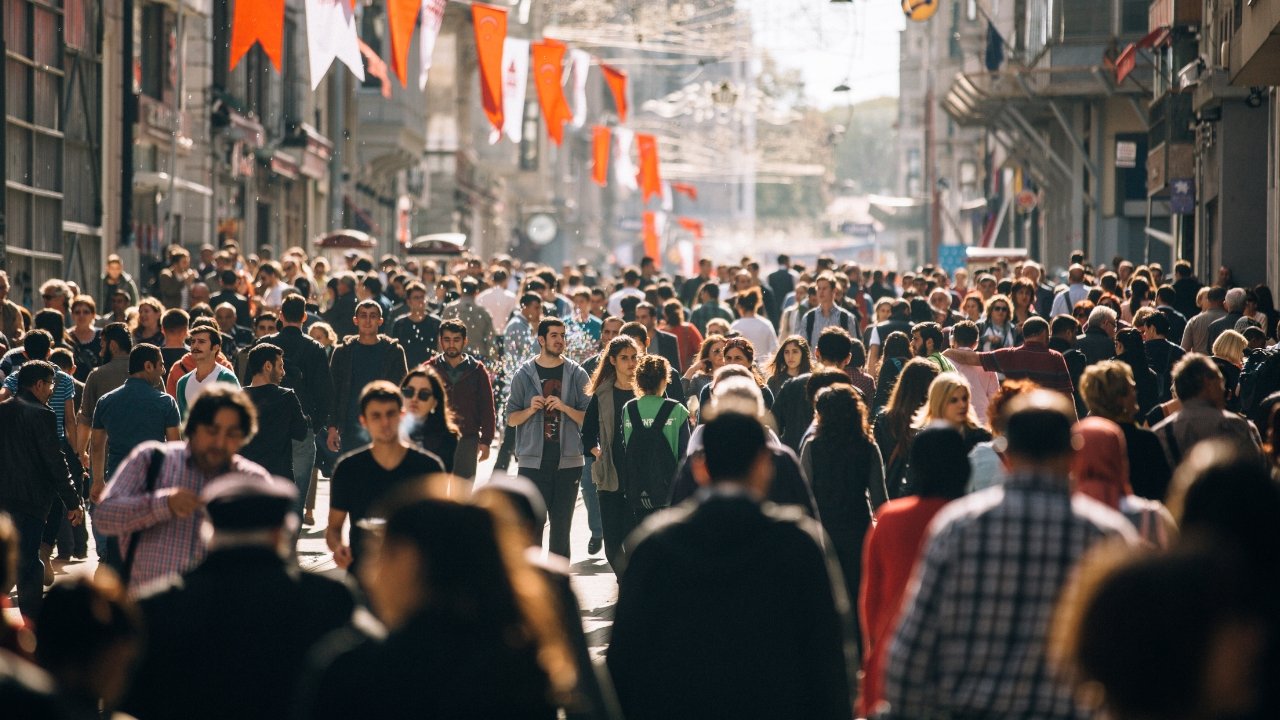What are the top 10 most crowded cities in the world? The world is a mess, a mosaic of cultures, people, and landscapes. Along with experiencing an incredible density of human activities, from vibrant urban centers to densely populated neighborhoods full of energy, these places stand as testaments to humanity’s ability to thrive amidst crowded conditions.
From vibrant urban centers to densely populated neighborhoods full of energy, these places stand as testaments to humanity’s ability to thrive amidst crowded conditions. Join us on this journey as we uncover remarkable stories and the dynamics that shape these densely populated centers.
We’re counting down the top 10 most crowded communities on the planet. There are challenges and complications in urban life in these places.
Table of Contents
Here Are the Top 10 Most Crowded Cities in the World
10: Mexico City
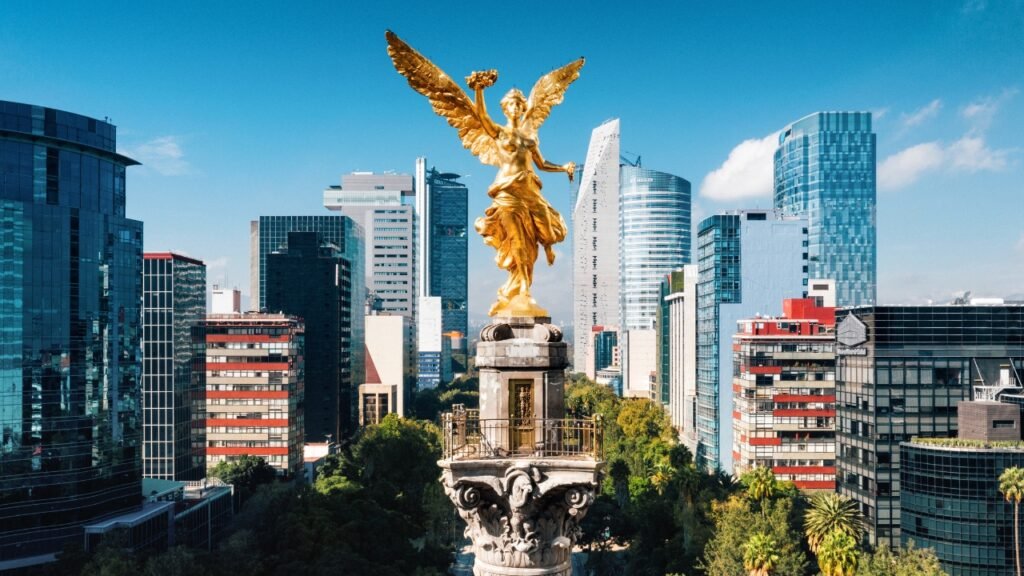
Mexico City is the capital and largest city of Mexico. Claiming the title of the most populous city in North America. With its strategic cultural and financial significance, Mexico City is a global powerhouse located in the Valley of Mexico on the high Mexican Central Plateau, at an altitude of about 7,300 ft. The city comprises about 16 boroughs.
Which are all even further divided into neighborhoods. As of 2020, the population of the city proper was 9.2 million people, covering a land area of 577 square miles. Now, according to a recent definition agreed upon by federal and state authorities, Greater Mexico City has a population of 21.8 million, ranking as the sixth-largest metropolitan area globally.
The second-largest urban agglomeration in the Western Hemisphere after São Paulo, and the most extensive Spanish-speaking city worldwide. Historically, the Valley of Anahuac encompassing Mexico City has been densely populated since pre-Colombian times, witnessing the ebb and flow of various rulers and civilizations.
The Federal District was established in 1824, and by then, Mexico City’s urban area extended to what is now Cuernavaca. The greater Mexico City metropolitan area, comprising Mexico City itself and 60 municipalities in the State of Mexico and one in Hidalgo, is the largest and densest in the country, with a population of about 21.8 million as per the 2020 census. Of this population, 9.2 million reside in Mexico City and 12.4 million in the State of Mexico.
Additionally, the city is home to a diverse expatriate and immigrant community from North America, South America, Central America, the Caribbean, Europe, and the Arab world. Mexico City hosts the largest population of Americans living outside the United States, estimated to be as high as 700,000, with significant communities from various regions worldwide.
09: Mumbai
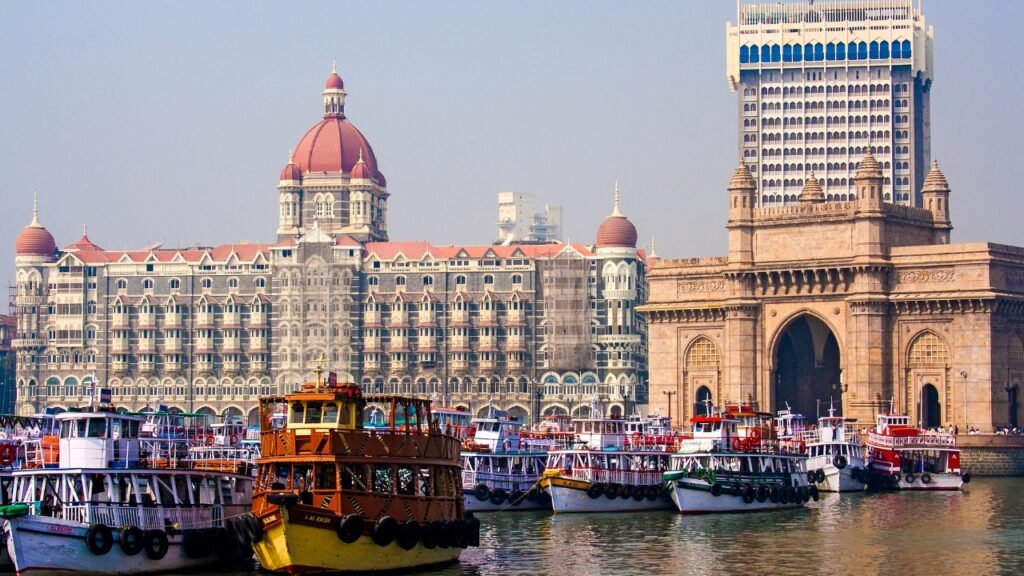
So, Mumbai, formerly known as Bombay, proudly serves as the capital of the Indian state of Maharashtra, a vibrant metropolis brimming with life and diversity. Positioned on the west coast of India, Mumbai is not just a city; it is a hub of culture and finance. With a city proper population estimated at 12.2 million, it claims the spot as the most populous city in India and the sixth most populous metropolitan area globally, with over 23 million residing within the Mumbai Metropolitan region.
The city is characterized by its energy, and a melting pot of languages including Marathi, Hindi, Gujarati, Urdu, and English spoken by its population. The city’s narrative unfolds with a stark demographic statistic. In 2011, Mumbai City’s population was about 12.4 million, with a population density reaching about 20,000 per square kilometer.
The metropolitan region expands to about 20.7 million people who grapple with urbanization challenges like poverty and unemployment. Mumbai, despite its vibrancy, contends with urbanization issues too. In fast-growing developing cities, Dharavi, Asia’s second-largest slum, is a testament to that, accommodating up to a million people in an area of 2.3 square km, marking it as one of the most densely populated places on Earth.
Migration here plays a pivotal role too in Mumbai’s demographic tapestry. Between 1991 and 2001, the city welcomed 1.12 million migrants from outside Maharashtra, constituting over half the net population increase. So, looking ahead, the city anticipates an increase in households from 4.2 million in 2008 to over 6.6 million in 2020.
It was accompanied by shifts in income brackets too. Despite its challenges, Mumbai pulsates with life as the city evolves, navigating the intricacies of urbanization. It remains an emblem of diversity, cultural dynamism, and the relentless pursuit of dreams.
08: Times Square
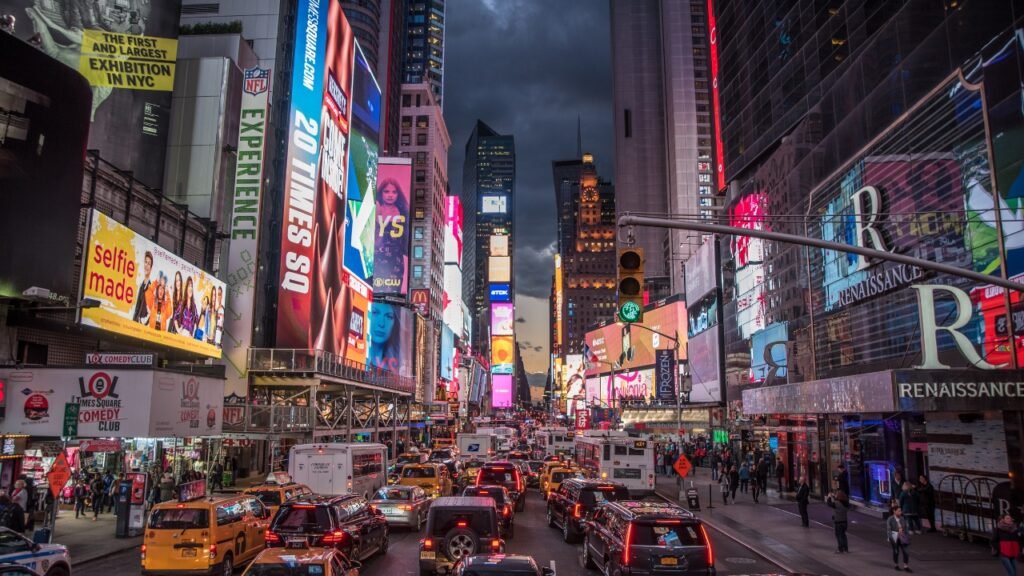
So, Times Square, nestled in the heart of Midtown Manhattan, New York City, is one of the most magnetic tourist destinations in the world; that means plenty of crowds. This iconic location is formed by the convergence of Broadway, 7th Avenue, and 42nd Street, creating a bow-tie-shaped plaza spanning five blocks between 42nd and 47th Street, including the adjacent Duffy Square. Not only a geographical nexus but also a cultural landmark.
Times Square is often dubbed the “Crossroads of the World” and the “Heart of the Great White Way.” It holds historical significance as the eastern terminus of the Lincoln Highway, marking the starting point of the first road across the United States for motorized vehicles. Times Square is a global magnet for visitors, drawing a staggering 360,000 pedestrians daily, totaling over 131 million annually, excluding residents from the count.
Times Square claims the title of the world’s second most visited tourist attraction following the Las Vegas Strip. This tremendous influx of foot traffic translates into economic activity, with Times Square generating over $4.8 billion in annual retail, entertainment, and hotel sales. Remarkably, 22 cents out of every dollar spent by visitors in New York City find their way into the vibrant tapestry of Times Square. Its annual spectacle is the New Year’s Eve ball drop, of course, a tradition dating back to December 31st, 1907.
Hundreds of thousands gather to witness the descent of the Waterford crystal ball, heralding the arrival of the new year. Over the years, though, the ball drop has evolved with countdown entertainment, and One Times Square now orchestrating the event in collaboration with the Times Square Alliance. The iconic ball, now an energy-efficient LED marvel, debuted for the centennial celebration in 2008 and has since become a permanent year-round attraction.
Read More: Richest People
07: Osaka
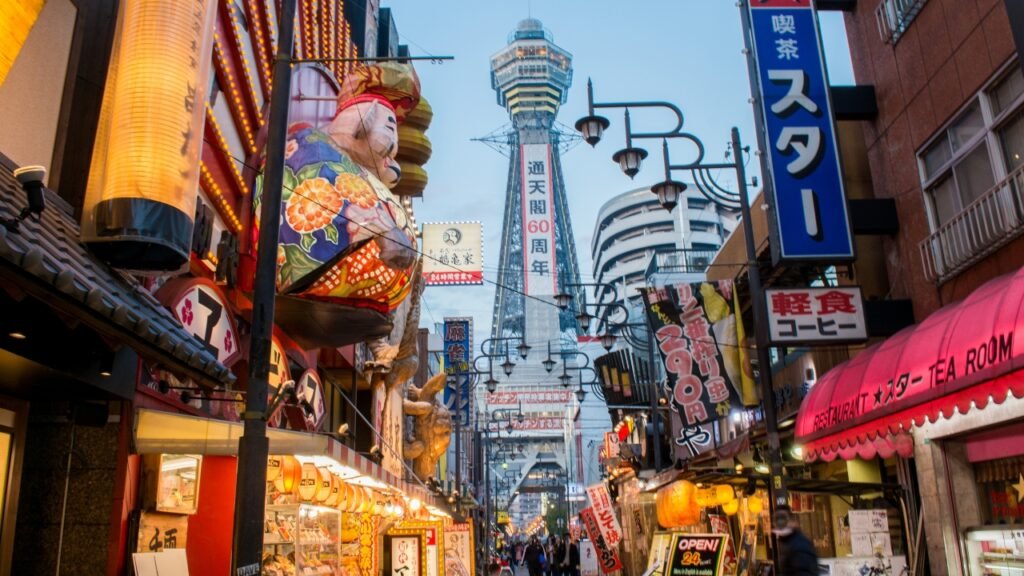
A brightly lit city in the Kansai region of Honshu, Japan, is one of the country’s three major urban hubs alongside Tokyo and Nagoya. Serving as the capital of Osaka Prefecture, it’s renowned for its atmosphere, financial prowess, and cultural diversity. In the 2020 census, Osaka’s population reached 2.7 million, solidifying its status as the third most populous city in Japan, following the special wards of Tokyo and Yokohama.
As a major financial center, Osaka is home to the Osaka Exchange and the headquarters of global electronics giants like Panasonic and Sharp. It’s recognized as one of Japan’s most multicultural and cosmopolitan cities, positioning itself as an international center for research and development, having prestigious institutions like Osaka University, Osaka Metropolitan University, and Kansai University.
Osaka’s skyline is punctuated by iconic landmarks, including the historic Osaka Castle, the mesmerizing Osaka Aquarium Kaiyukan, and the bustling Dotonbori District, plus Tennoji Park, Sumiyoshi Taisha Grand Shrine, and Shitennoji, one of Japan’s oldest Buddhist temples. The city’s population reflects its significant sense, as data since the early Meiji era in 1873 reveals Osaka’s enduring appeal.
In 2005, the population stood at 2.6 million residents, with a modest increase of 1.2% from the year 2000. The city experienced a seismic shift in the 1920s and ’30s due to the Great Kanto Earthquake, propelling Osaka to become Japan’s largest city in 1930, surpassing even Tokyo. Osaka’s population peaked at 3.25 million in 1940, with a post-war high of 3.15 million.
Osaka’s cosmopolitan fabric is enriched by a diverse population, with 144,000 registered foreigners. The two largest groups are Korean and Chinese, at 39% and 55% respectively. The Ueno district, particularly the Tsuruhashi area, stands out as a hub for one of Japan’s largest populations of registered Zainichi Koreans, totaling 20,000. In Osaka, Japan, there’s plenty of culture and diversity to be had.
06: Kinshasa
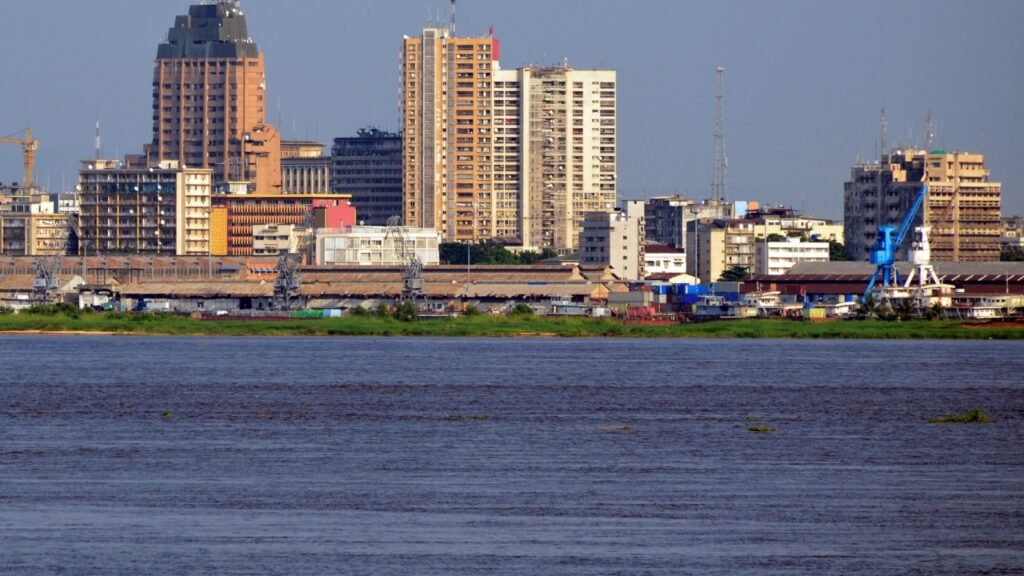
The capital and largest city of the Democratic Republic of the Congo emerges as a metropolis with a rich tapestry of contrasts. Formerly known as Leopoldville, it evolved from a historical backdrop of fishing and trading villages along the Congo River into one of the world’s fastest-growing megacities. With an estimated population of 16 million residents, Kinshasa stands as the most densely populated city in the DRC and Africa’s most populous city, ranking third in the continent’s metropolitan hierarchy.
As the economic and cultural nucleus of the DRC, Kinshasa pulsates with dynamic industries, including manufacturing, telecommunications, banking, and entertainment. Its administrative structure encompasses 24 communes, further divided into 365 neighborhoods. Its linguistic landscape reflects its character; while French serves as the language of government, education, media, and high-end commerce, Lingala acts as a common language in daily interactions. The city’s inhabitants, known as Kinnois, contribute to its vibrant multicultural atmosphere.
Geographically situated along the south bank of the Congo River, it faces Brazzaville, the capital of the Republic of the Congo, on the opposite bank. The Congo River, the second longest in Africa, not only facilitates transport within the Congo Basin but also serves as a vital source of hydroelectric power. Despite its rapid growth, urban planning has faced a bit of a challenge, resulting in the development of spontaneous, often informal neighborhoods. Estimates indicate an annual influx of about 390,000 people, driven by factors like warfare and economic opportunities.
Looking ahead, Kinshasa is projected to experience significant population growth, with estimates reaching 35 million by 2050, 58 million by 2075, and almost 83 million by 2100. This trajectory positions it among the largest metropolitan areas globally, playing a central role in the Congolese economy.
05: Shanghai
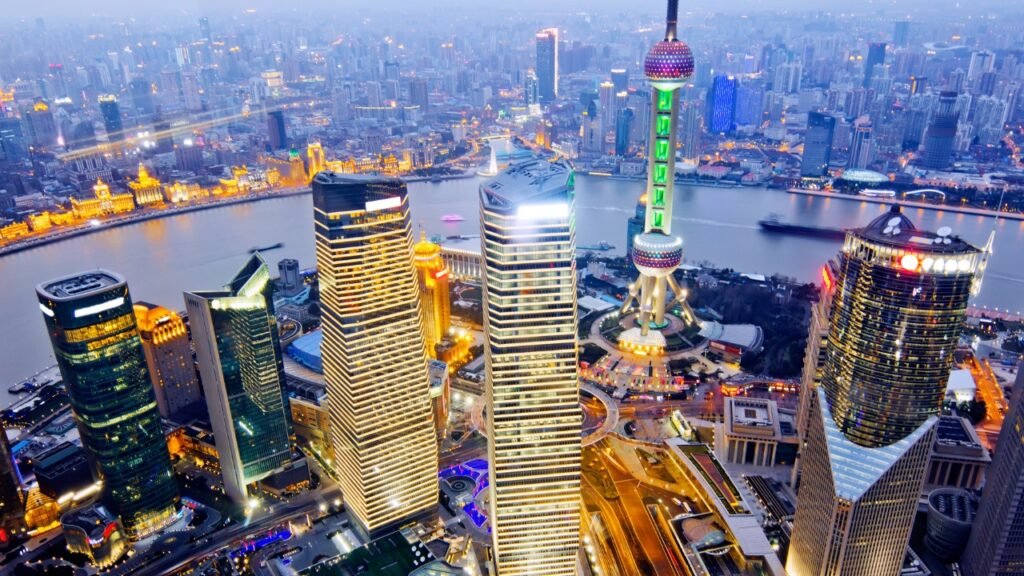
Shanghai, a dazzling metropolis, stands as one of China’s four directly administered municipalities, having a profound impact on the global stage. It’s positioned at the southern estuary of the Yangtze River, embellished by the Huangpu River. The city boasts the third-largest population globally, reaching 24.8 million people in 2021.
From its humble beginnings as a fishing village and market town, Shanghai’s narrative unfolds throughout centuries. The 19th century witnessed its ascent due to domestic and foreign trade, coupled with its strategic port location. The 1990s brought about transformative economic reforms under Deng Xiaoping, paving the way for remarkable redevelopment, notably in the Pudong New Area.
Shanghai’s skyline, dominated by the iconic Oriental Pearl Tower and the Jin Mao Tower, narrates a tale of economic resurgence. A hub for international trade and finance, it houses the Shanghai Stock Exchange and the first free trade zone in mainland China. Recognized as a global first-tier city, Shanghai is home to 12 Fortune Global 500 companies and ranks fourth on the Global Financial Center Index.
With a population exceeding 24 million, including 14.7 million hukou holders, Shanghai is a dynamic demographic. An urban-centric populace of 89.3% contrasts with a rural minority of 10.7% in an ever-diverse landscape. Over 157,000 residents are foreigners. Furthermore, Shanghai embraces domestic immigration, with 40.3% of residents originating from other regions of China. Navigating population controls implemented in 2017, Shanghai continues to evolve.
The city’s anticipated nominal GDP of $1.3 trillion in 2035 positions it among the world’s top five major cities in terms of GRP. As of August 2022, Shanghai holds the fifth position globally and second in China for hosting the largest number of Fortune Global 500 companies.
04: Istanbul
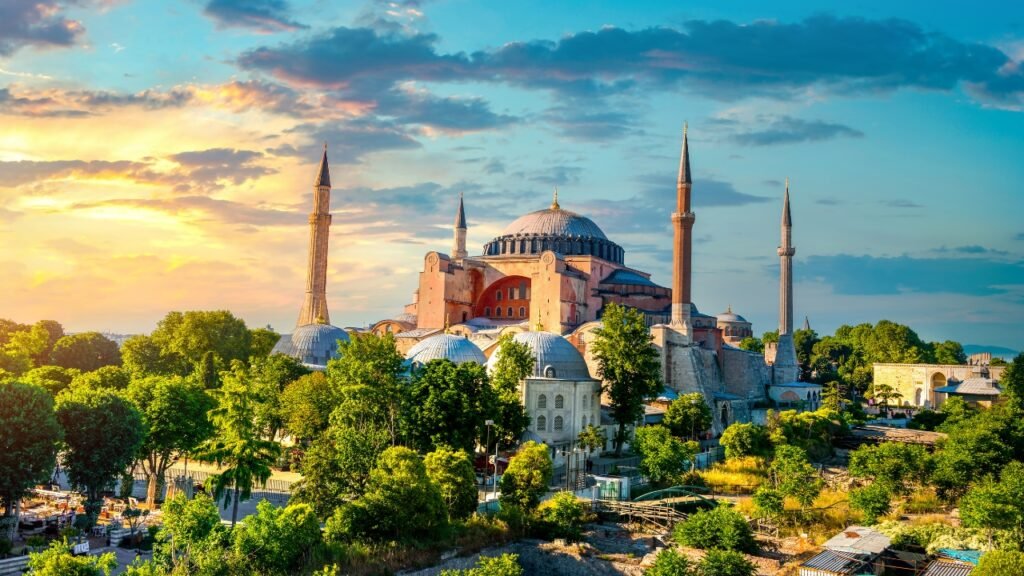
Istanbul, the vibrant metropolis straddling the Bosphorus Strait, stands as Turkey’s largest city, embodying its economic and historical essence. With a population exceeding 15 million, Istanbul and its environs comprise 19% of Turkey’s inhabitants. Founded as Byzantium in the 7th century B.C. by Greek settlers, the city witnessed transformative periods, becoming Constantinople, the imperial capital of the Roman Empire under Constantine the Great in 330 CE. Eventually, in 1930, it officially adopted the name Istanbul.
In 2023, it achieved the distinction of being the world’s most-visited city, welcoming over 20 million foreign visitors. The historic center, recognized as a UNESCO World Heritage Site, showcases the city’s rich tapestry throughout its storied history. Istanbul consistently ranked among the world’s largest cities; in 500 CE, Constantinople surpassed Rome in population, reaching between 400,000 and 500,000 people. While it faced competition from historical giants like Baghdad and Chang’an, it remained Europe’s largest city from 1500 to 1750, subsequently yielding its position to London.
As of 2019, the Istanbul Metropolitan Municipality accommodated over 15.5 million people, with 64% residing on the European side and 35% on the Asian side. The city’s dynamic urbanization and high population growth, standing at 1.5% annually, align with broader trends across Turkey. Notably, Istanbul’s rapid expansion from 1950 to 2000, marked by a 10-fold increase, reflected internal and international migration trends. Anatolian provinces, particularly those in the Black Sea, Central, and Eastern Anatolia regions, have seen substantial representation.
The city’s cosmopolitan character is further emphasized by the prevalence of individuals originating from diverse origins, with over 760,000 residents. A 2019 survey revealed that only 36% of Istanbul’s population was born in the province, underscoring the city’s role as a melting pot of diverse origins.
03: Beijing
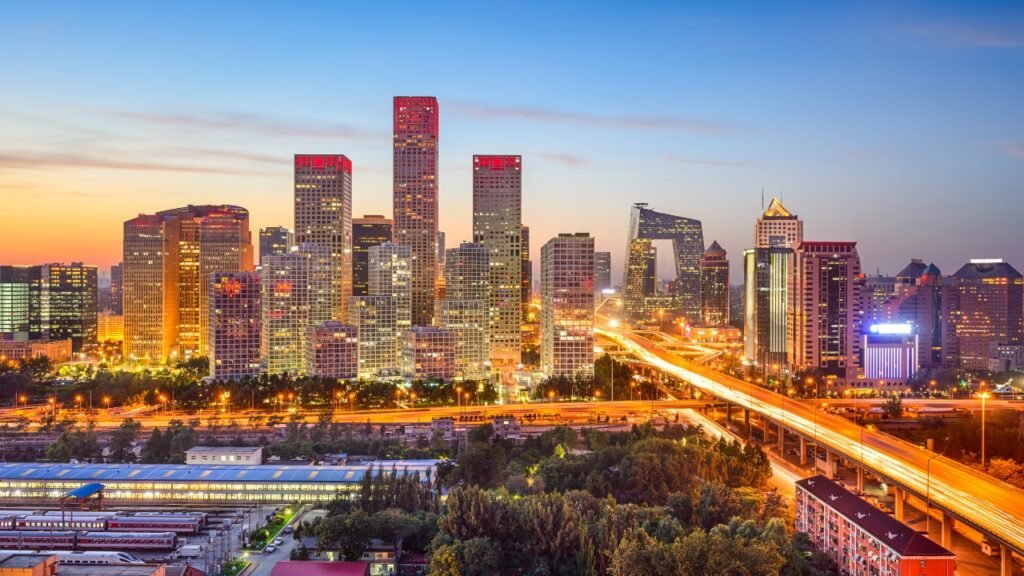
Beijing, the capital of the People’s Republic of China, is a bustling metropolis in northern China, having the distinction of being the world’s most populous national capital and China’s second-largest city after Shanghai. With around 22 million residents, it’s governed as a municipality under the direct administration of the State Council. Beijing is a dynamic urban landscape comprising 16 urban, suburban, and rural districts. In 2021, Beijing’s total population within the municipality reached 21.89 million, with 87.1% residing in urban districts and 12.5% in rural villages.
Historically, Beijing has been among the world’s most populous cities for much of the past 800 years, particularly during the 15th to the early 19th centuries when it held the title of the world’s largest city. In 2013, about 13 million residents possessed local hukou permits, granting them permanent residency in Beijing.
The population increased by 455,000 in 2013, constituting a 7% growth year-over-year. As of 2021, working-age individuals accounted for nearly 73.6% of the population. From 2004 to 2013, residents aged 1 to 14 decreased slightly from 9 to 9.2%, but by 2021, it increased over 12%.
Educational attainment has also seen substantial improvement, with the percentage of the city’s residents with at least some college education nearly doubling from 20% in 2002 to 37.9% in 2011. In response to the challenges posed by rapid urbanization, congestion, pollution, and shortages of services, the Chinese government implemented population controls in 2017 for Beijing and Shanghai, aiming to combat what it termed “big city disease.” This policy led to a decline in Beijing’s population by about 20,000 from 2016 to 2017, with some low-income residents forcibly relocated and the population redistributed to nearby areas.
02: Macau
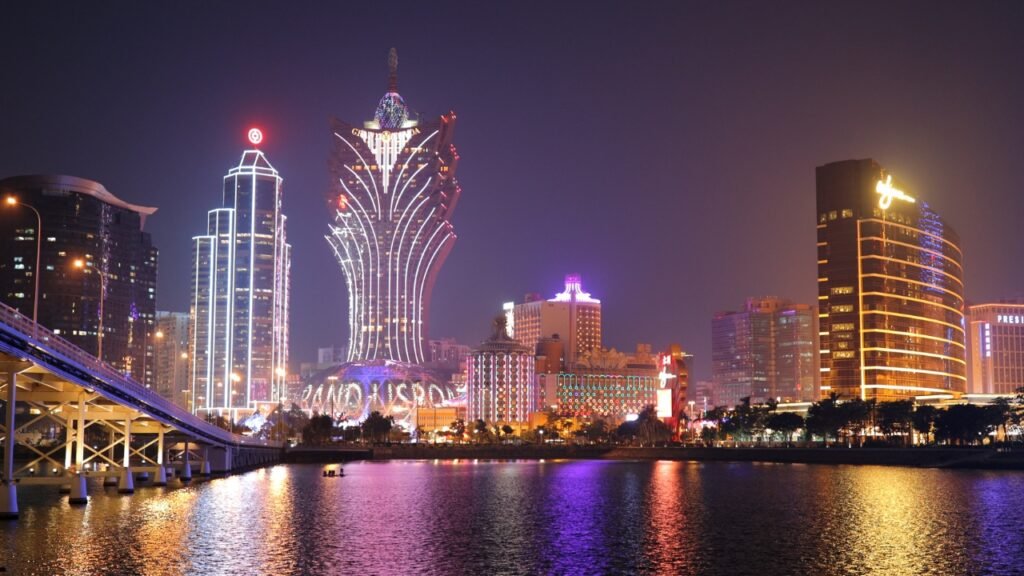
Macau, situated on the southern coast of China, is a special administrative region known for being one of the most densely populated places on the planet. With a rich history shaped by Portuguese colonization and subsequent handover to China in 1999, Macau has evolved into a bustling urban center. Covering a mere 12.5 square miles, Macau’s size is notably compact. Its strategic location and significance have contributed to a population density that surpasses many global counterparts.
As of 2022, Macau had a population of over 650,000 people, making it one of the most densely populated regions. Now, to put this into perspective, the population density here exceeds 19,700 people per square kilometer. In comparison, global cities like Tokyo and Mumbai, known for their crowded conditions, have significantly lower population densities.
Macau’s popularity as a tourist destination further intensifies its crowded environment. Millions of tourists visit annually, attracted by its vibrant entertainment and cultural heritage. The influx of visitors significantly contributes to the already bustling streets and crowded spaces. With approximately 20 square meters of space per capita, residents of Macau navigate a densely populated landscape. The city skyline is dominated by towering casinos and hotels, reflecting the vertical expansion necessitated by limited space.
01: Tokyo
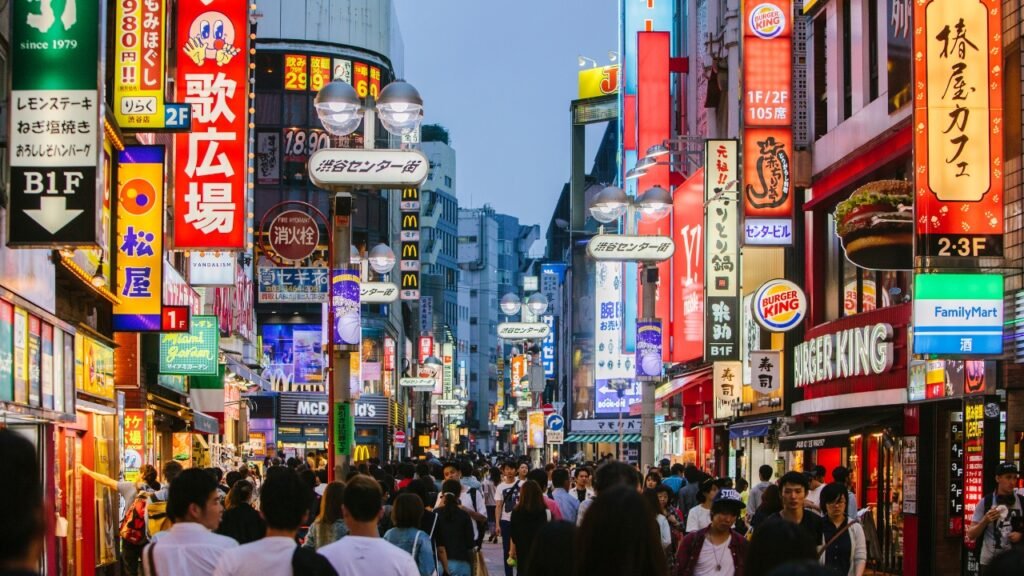
Tokyo, the neon-lit capital of Japan, is known as one of the most populous cities globally, with over 14 million residents as of 2023. The Tokyo metropolitan area, encompassing Tokyo and nearby prefectures, stands as the world’s most populous metropolitan area, with 40.8 million residents as of 2023. It’s also the second-largest metropolitan economy globally after New York, with a 2023 gross metropolitan product estimated at 2 trillion.
Historically, Tokyo was a fishing village known as Edo until the 17th century. In 1603, Edo became the political center as the seat of the Tokugawa Shogunate, and by the mid-18th century, it evolved into one of the world’s most populous cities. After the Meiji Restoration in 1868, Edo was renamed Tokyo when the imperial capital was moved from Kyoto.
In 2020, Tokyo ranked fourth on the Global Financial Index, behind New York City, London, and Shanghai. The city has notable landmarks such as the Tokyo Sky Tree, the world’s tallest tower, and the metropolitan area’s outer underground discharge channel in Saitama, the world’s largest underground floodwater diversion facility. Tokyo’s transportation system includes the Tokyo Metro Ginza Line, the oldest underground metro in East Asia, which opened in 1927.
As of October 2012, the official indicated population of Tokyo was 13.5 million people, with 9.2 million residing within Tokyo’s 23 wards. During the daytime, the population surges by over 2 and a half million due to commuting workers and students. Being Japan’s largest population center and hosting major broadcasters and studios.
Tokyo is a prominent setting for Japanese movies, TV shows, anime, webcomics, light novels, video games, and manga. The city is also a popular foreign setting for non-Japanese media, with Hollywood directors using Tokyo as a backdrop for various films, ranging from classic post-war examples to recent hits like Lost in Translation, Inception, and Avengers.

